
I have been chronically ill my entire life, but it wasn’t always my story.
About the Author: Rachel is an LA-based cat mom dealing with multiple Chronic Illnesses such as: EDS, POTS, MCAS, etc. She is a teller of stories and co-founder of #WeAreTheVulnerable, an initiative putting names and faces behind your reason to social distance during Covid-19.
Childhood Diagnosis
I grew up in the suburbs of Philadelphia. I was the second of four children and experienced a blessed childhood in the “my parents have been married for over 38 years and are still in love” kind of way. But, there was one notable exception. I got hurt and sick far more than my siblings and peers, and physical things (besides flexibility) were always more difficult for me. I experienced serial dislocations and fractures that left me in and out of casts throughout my childhood. I lived with large amounts of pain, but I was rarely believed and eventually thought everyone’s body felt that way. These were challenges but didn’t remove me from a normal life. I just saw a few more doctors.
I was either very lucky or very severe, but I was first diagnosed with Ehlers-Danlos Syndrome (EDS) when I was nine. Being diagnosed as a child is very rare, and on average, it takes more than ten years from symptom onset to receive a diagnosis at all. At the time, my parents were told that I would be flexible but that it should never be a problem in my life. I am indeed very flexible (or “hypermobile” if you will), but EDS has ravaged my body and my life in every conceivable way. The doctors were wrong. EDS is not a benign condition.
Ehlers-Danlos Syndromes are a group of heritable connective tissue disorders, and the type that I have is hypermobile Ehlers-Danlos Syndrome (hEDS). This condition means that the “glue” used to hold my body together was made incorrectly. It impacts the whole body. I don’t have healthy enamel on my teeth, which causes them to break. My ligaments are too lax, so they are unable to adequately hold things like my limbs and ribs in place, causing recurrent dislocations of multiple joints, widespread acute and chronic pain, and a general lack of stability in my body.
College & Graduate School
While symptoms were present, painful, and irritating, I was able to complete school and move on to higher education. I was lucky enough to attend NYU’s School of Individualized Study, where I designed my own major. My concentration was in Independent Study in the Construction of Identity with an emphasis on narrative. This meant that I was looking at how people conceptualize existence and how that is expressed through narratives, including literature, drama, film, mythology, and folklore. I then looked at how the stories that we tell subsequently shape our identity, both individually and culturally.
While I loved the experience, as you might imagine, there weren’t many jobs in my “field” after graduation. So I ultimately went for my master's degree in Communication Sciences and Disorders to become a Speech-Language Pathologist (SLP).
Before we proceed, I never worked in schools or with lisps. I worked as a medical SLP, which means I worked in hospitals with people that included babies in the NICU on feeding and swallowing, children and adults with brain injuries and other trauma, strokes, and degenerative conditions like ALS and Parkinsons on communication, cognition, and swallowing. Through my work as a medical provider, it became even more evident how important stories are for ourselves and our healing. It is hard to recover from something that you don’t understand, so helping patients develop a clear narrative and understanding of their situation quickly became an essential part of my job. People need to know where they are to figure out where they are going next. And sometimes, we don’t know what we think until we see what we say.
Working as a Healthcare Provider
One crucial skill that every healthcare provider must master is that of distance (and no, not the 2020 kind). A porous emotional wall must be built that allows you enough empathy to do your job well but without becoming emotionally invested in a way that detracts from your role as a professional. You help people with their fight, but it isn’t your battle because if you let it all in, you would burn out, and you wouldn’t be able to support your patients in the way that they need. This separation is essential. It allows you to do your job.
I was good at my job and loved it until my health more actively began to deteriorate at the beginning of 2015. It started with an increase in my dislocations. This led to the rise in medication, which ultimately caused a GI hemorrhage. That led to surgery on both of my ovaries soon after I began having much more difficulty with my autonomic nervous system, which presented as increased difficulty regulating things like my heart rate, blood pressure, and heart rate.
EDS and its Umbrella Disorders
It is important to understand the progression of this condition because most of us with EDS don’t have it in isolation. We almost always have at least two or three other co-conditions. (When I say “most” I mean I have never met anyone who only has EDS without the others, but I suppose it is possible). But, those of us with EDS almost always also have a combination of Postural Orthostatic Tachycardia Syndrome (POTS), Mast Cell Activation Syndrome (MCAS), and/or Gastroparesis (GP).
What is POTS?
POTS is a type of Dysautonomia, which means that the autonomic nervous system (ANS) is malfunctioning. The ANS controls the things that the body is supposed to do automatically, such as regulate heart rate, blood pressure, body temperature, digestion, sleep/wake cycles, and more. My body isn’t able to adequately control these things on its own and still struggles despite all kinds of interventions, including medication and daily hydration therapy, which I receive through a surgically implanted port in my chest.
A Closer Look at MCAS
Mast Cell Activation Syndrome (MCAS), another common co-condition is a problem in which the body’s mast cells, which are found in all body tissues, act inappropriately. When working correctly, mast cells play a vital role in the immune system by reacting to foreign bodies and injury. In someone who has MCAS, these alarms are sounded without an active threat and often are triggered by different foods, chemicals, fragrances, stress, and even exercise. For me, it presents mostly as inconsistent allergic reactions to continually changing things as well as severe GI symptoms. One significant barrier to proper care is that MCAS has only been a recognized condition since 2007. Despite severe symptoms, I was not formally diagnosed until well into my thirties. I am treated mostly with antihistamines and mast cell stabilizing medications, but we are still actively working on identifying the right combination of medications and their doses as well as my triggers.
Gastroparesis
The last of the common co-conditions is gastroparesis (GP), which is a situation in which the involuntary movements that move food through your digestive system aren’t contracting properly, so the food can’t be properly moved through the GI tract. It typically results in nausea, vomiting, heartburn, and malnutrition.
Despite my symptoms progressing, I kept trying to work and maintain as much normalcy as possible. At the time, I never allowed myself to consider the possibility that I wasn’t getting better or that this would be anything but a blip in the story of my life.
The Shift
After my third medical leave in 2015, I went back to work but immediately found that something significant had shifted. My first patient of the day was an incredibly kind man with a very poor prognosis. I did my assessment, and then he asked if he could just hold my hand for a moment. He was dying and afraid. I complied, and the man and I both fought to hold back tears. After a few moments, I had to excuse myself. I ran straight to the bathroom and began to sob.
In many ways, that moment was the beginning of the end of my life as I knew it. My wall between provider and patient hadn’t just been breached. It was demolished. And, in that moment, I knew that my story had begun to change. My identity as a provider was starting to come to a close, decades earlier than I had ever planned and was being replaced by the story of a patient.
My medical leaves continued to pile up until my health required that I decrease my hours to part-time work. I struggled through that for a few more months until I was forced to stop working altogether. It wasn’t what I had imagined. But, I suppose neither was a pandemic.
Starting the Initiative: #WeAreTheVulnerable
When the recommendations and shelter in place orders began rolling out, two things quickly stood out to me. First was that people didn’t seem to immediately heed the warning, which I found both baffling and infuriating. And, I kept hearing the seemingly constant refrain that COVID-19 would “only impact the elderly and those with pre-existing conditions” as though it was an acceptable outcome for the most vulnerable in our society to lose their lives.
From my days at NYU and work as an SLP, I realized that as far as I can tell, power has always come from storytelling, and the only way to show people why they needed to self isolate was by sharing the stories of those most at risk. People needed to see our faces and hear our stories to understand that these limits were being placed to protect their brothers and sisters, friends, neighbors, loved ones. Real people with real stories lives were (and are) at risk. I spoke to my dear friend, Sara Grace, about the idea, and the #WeAreTheVulnerable campaign was born. We simply shared our own stories and asked others at high risk with us to do the same.
The outcome was overwhelming. Within hours we started to receive more messages than we could keep up with from others who shared our fears, risks, and willingness to share their own stories and struggles in hopes of saving lives. A few days later, we were contacted by Fight Like a Warrior, a non-profit committed to uniting, empowering, and advocating for those battling chronic health conditions. They had come across our work on social media and wanted to partner with us in order to help take the campaign to the next level. Suddenly, we were receiving hundreds of stories and witnessing thousands of posts committed to protecting those most vulnerable through this pandemic. There is no way to know if our project ultimately made a difference in terms of lives protected or saved, but I like to think that at the least, we created a space for important stories to be shared in a very dark time.
The Journey Continues
Finding yourself and making a life for yourself isn’t an easy thing to do. It takes most of us years or decades to get there. But, those of us who lose what we have created to our health are forced to do it all over again, often multiple times. The last few years have been a story of constantly trying again. And perhaps, that is what it is to move through both chronic illness and life. But, that is where my tale has landed me. It isn’t the story that I ever imagined, but I hope that I am learning to use my account for good. And, for now, I choose to share it in hopes that it resonates with someone struggling, that it educates someone open to learning, and that it helps advocate for our community. I also hope that the simple act of sharing may have the potential to give purpose to my pain.

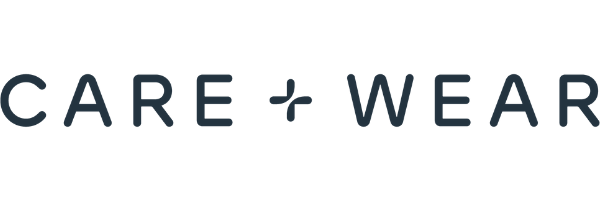
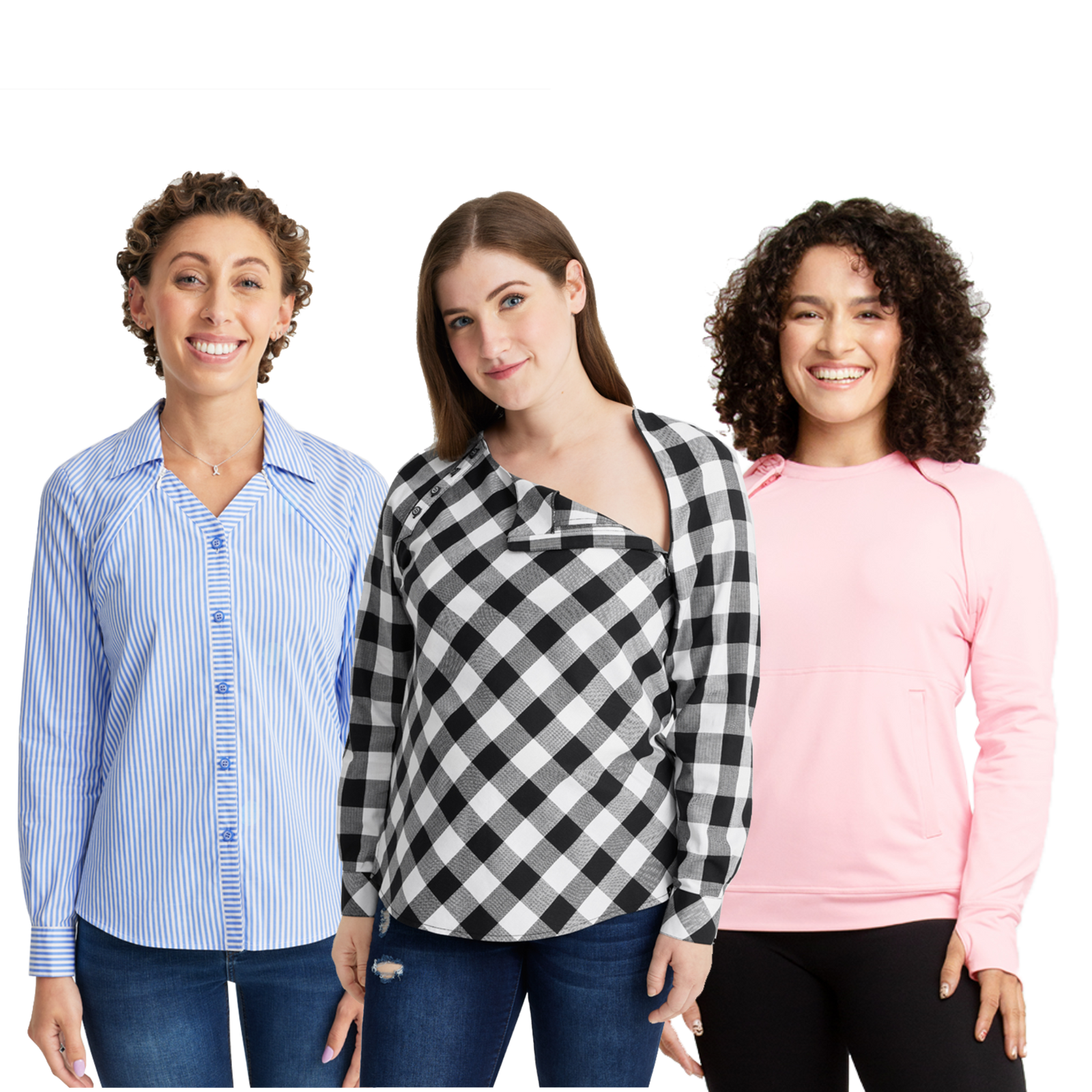
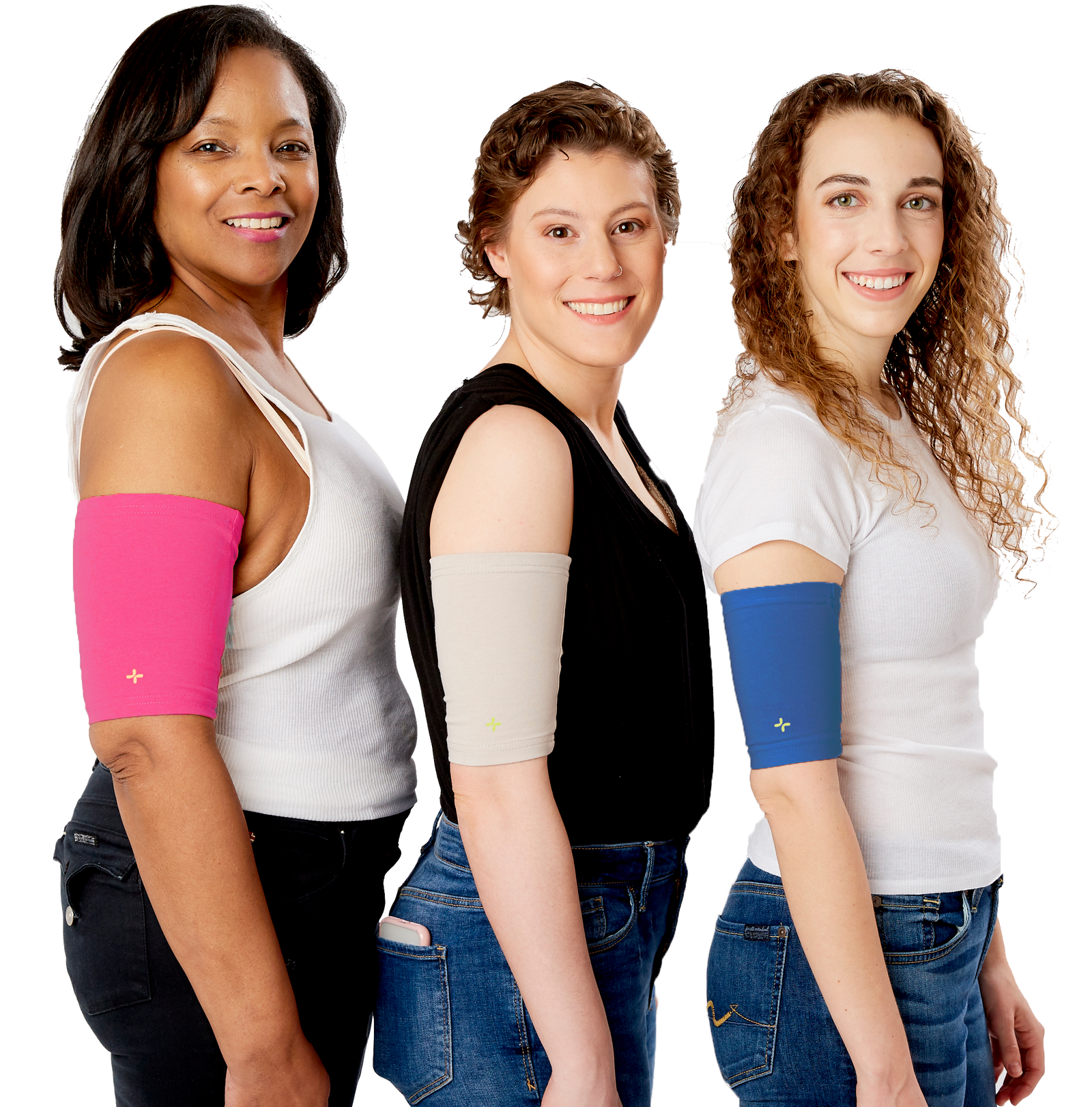
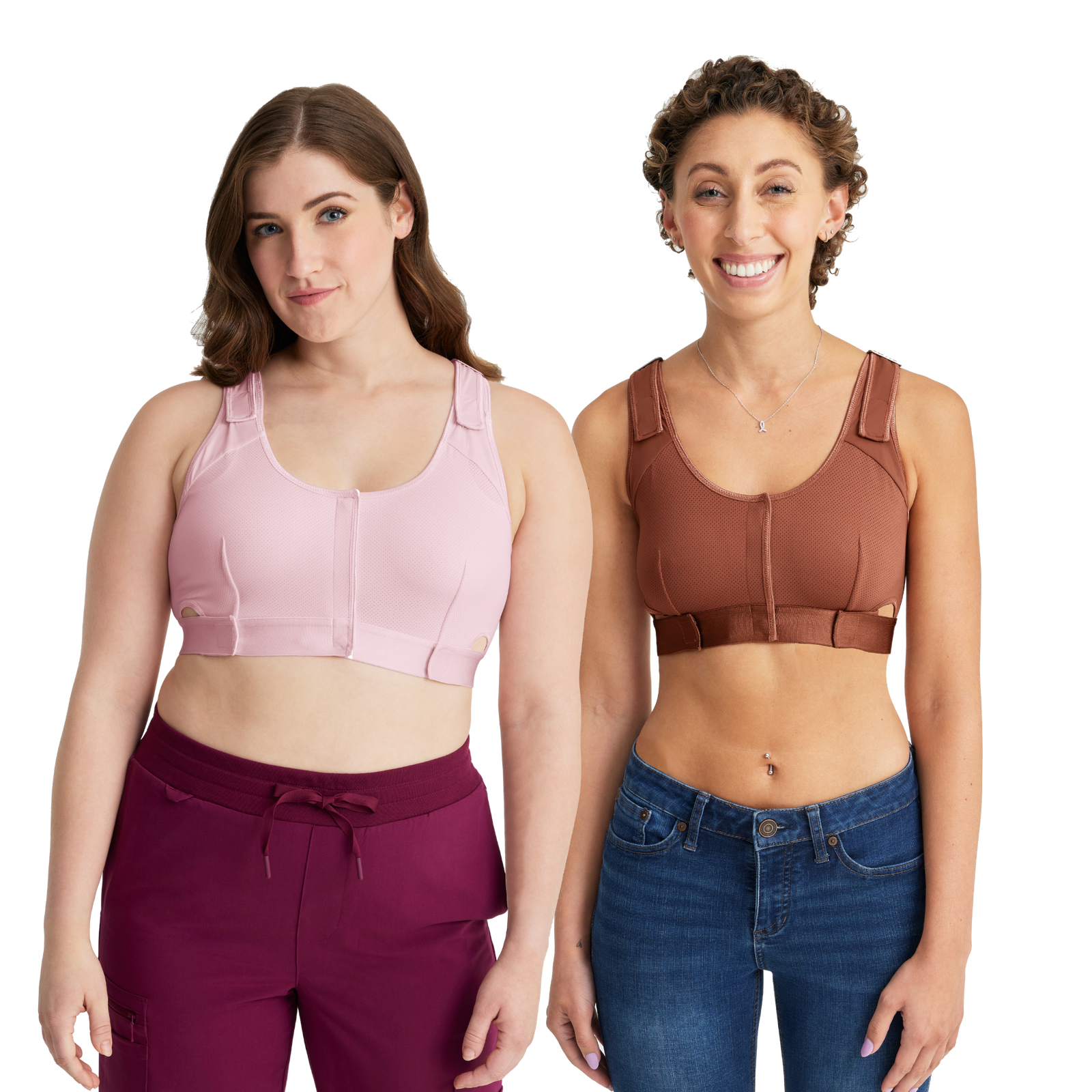
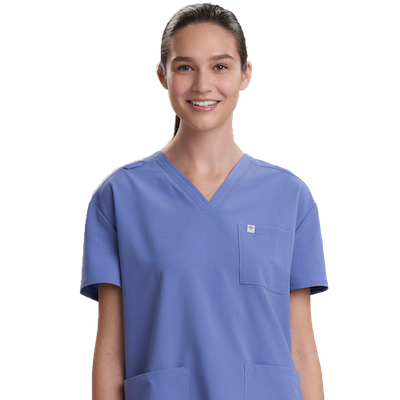
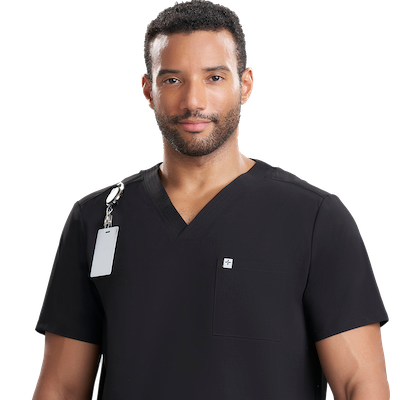
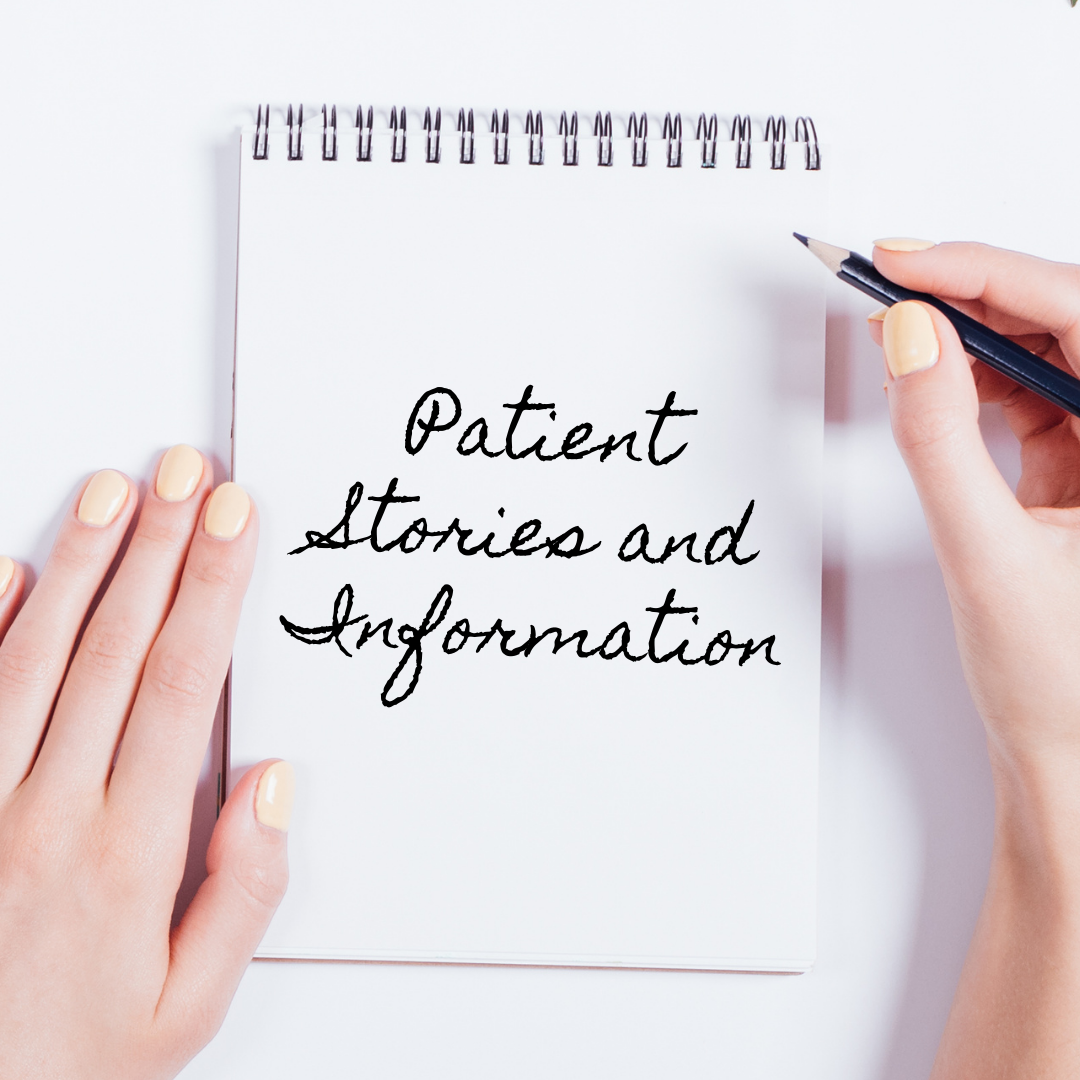
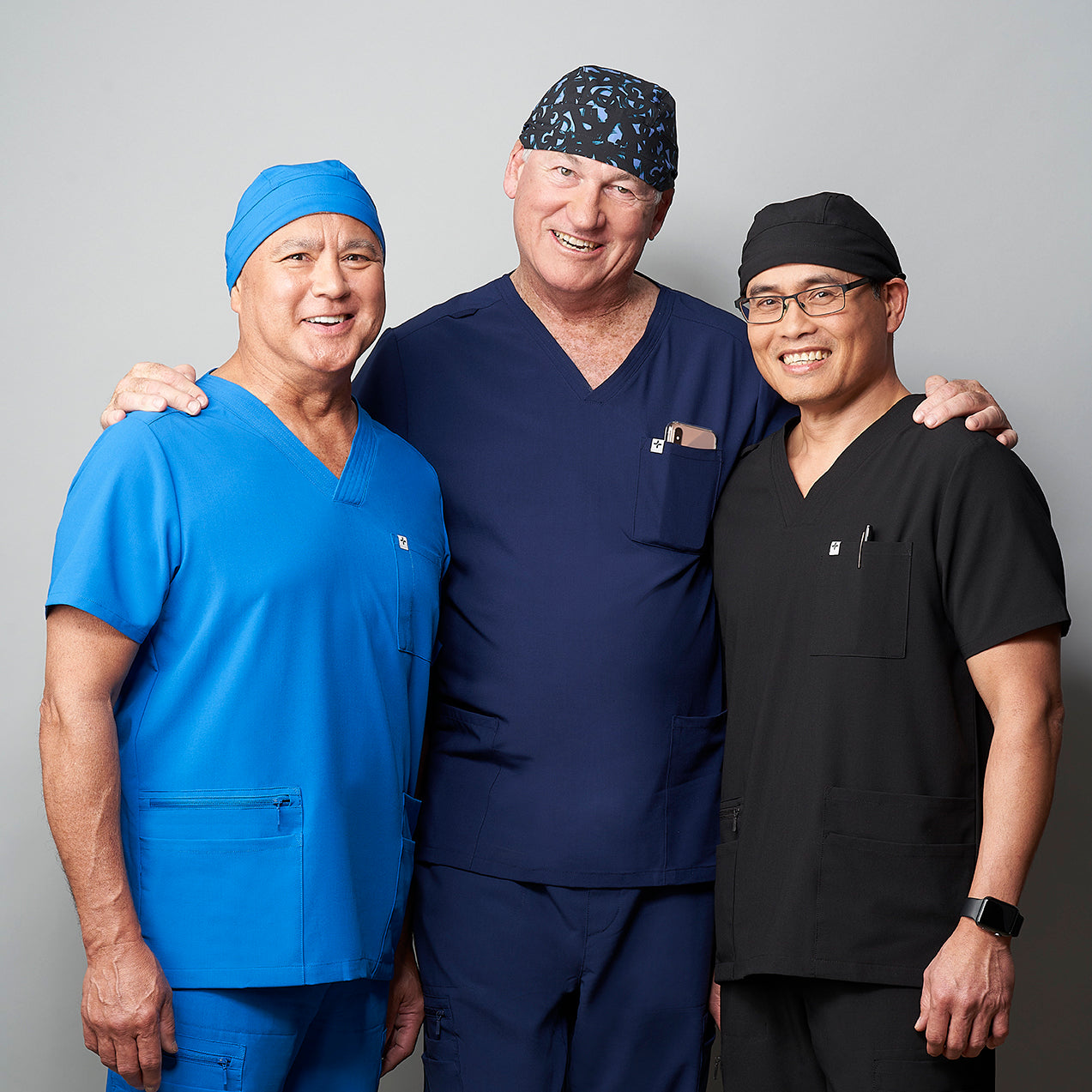
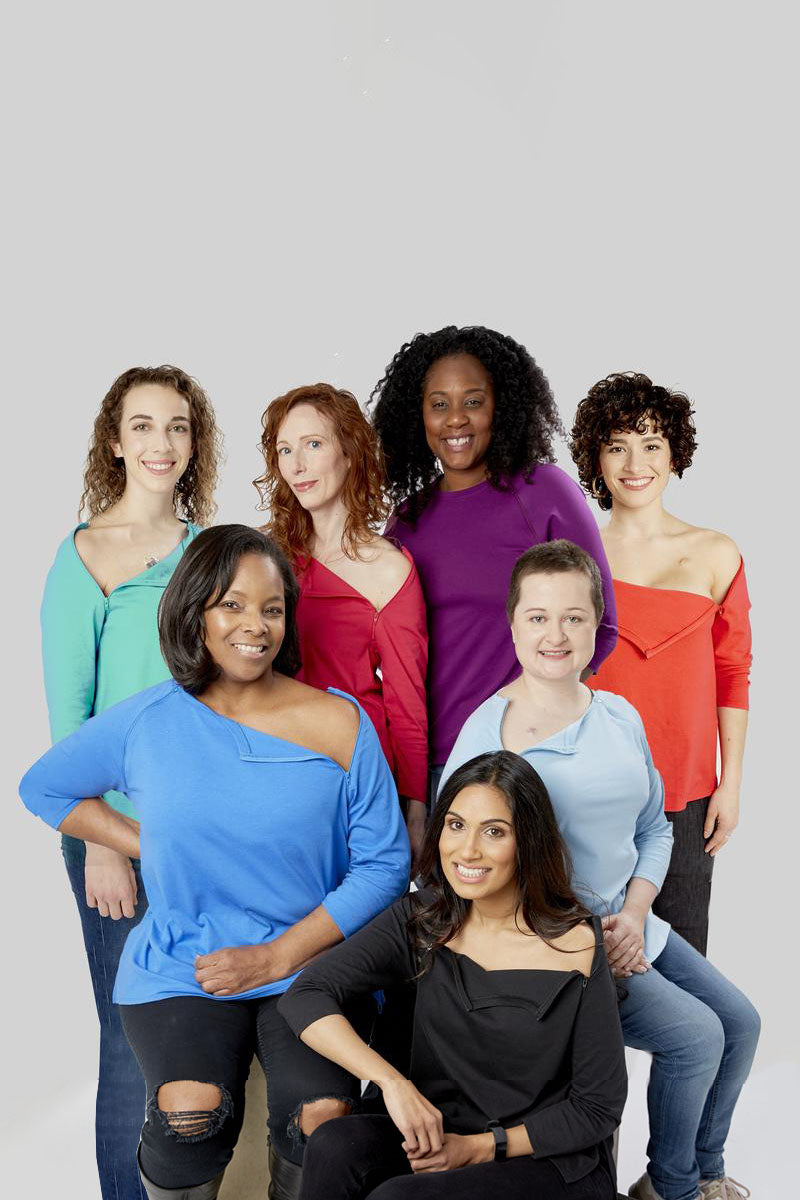
Dolores Heinzmann
November 10, 2020
Thanks for sharing your story.